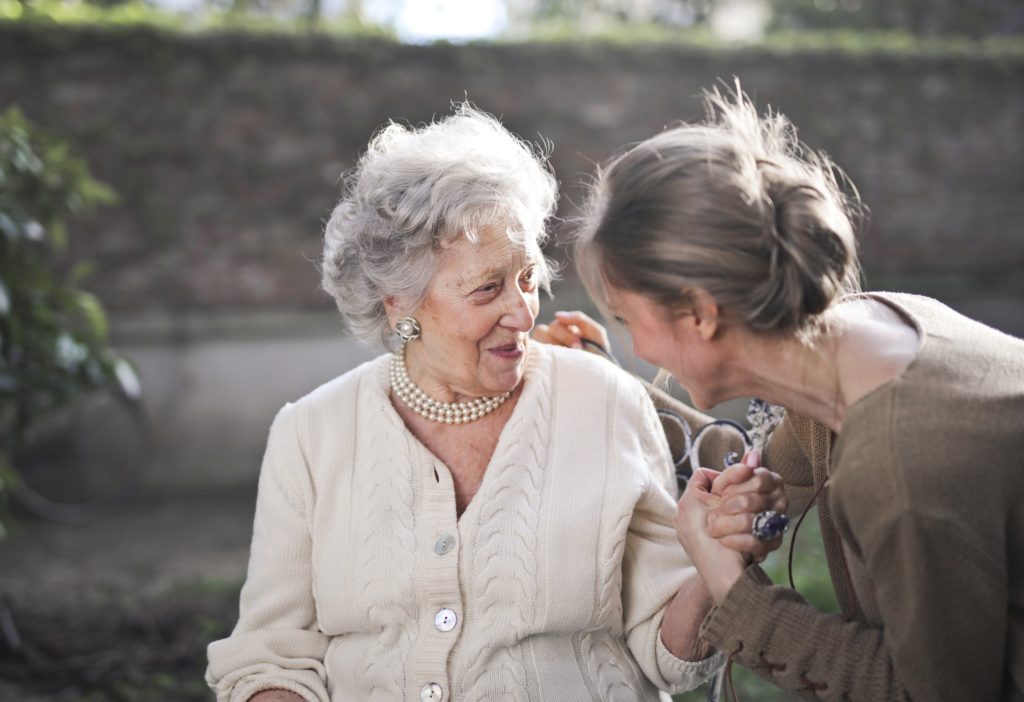Regular therapy sessions are vital for the recovery of a patient. However, those staying at their residences might not always be able to travel for these sessions. Providers of home health care in California recommend having these where they are. Here is a guide to doing occupational therapy at home and helping your loved ones recover.

What Is Occupational Therapy Anway?
Before we go on, it is a good idea to understand what exactly occupational therapy is. In its simplest definition, occupational therapy is a branch of health care that helps patients regain or improve their physical, sensory, and cognitive functions. Its goal is to help them bring back a sense of independence.
Occupational Vs. Physical Therapy
Because of this, people may sometimes confuse occupational therapy with physical therapy. While the two have similarities, they differ significantly in orientation. Physical therapy focuses on improving the patient’s ability to move their body.
Occupational therapy, however, is more oriented toward helping patients do everyday activities. That makes it a step higher in the therapy process. Once physical therapists have helped patients regain motor functions, OTs can take over and help them return to their routines.
It is also worth noting that PT’s foundation is in the physical rehabilitation of the body. Meanwhile, occupational therapy also brings mental health care to the forefront. That helps patients better prepare themselves for finer control when performing everyday tasks.
Who Needs Occupational Therapy
With the above overlaps, you might wonder when occupational therapy would be the right option. Some of the people who might benefit from OT sessions include.
- Those who have birth injuries or defects
- Sensory processing disorders
- People with traumatic brain or spinal cord injuries
- Those with mental health or behavioral problems
- Patients with post-surgical conditions
- Cancer patients
People with chronic illnesses like multiple sclerosis and cerebral palsy
The actual extent of the therapy will depend on the patient’s exact condition. As mentioned earlier, the occupational therapist might work with a physical therapist and other specialists. As such, home based patients will need to manage their schedules to accommodate these sessions.

The Challenges Of Doing Occupational Therapy At Home
While you can do occupational therapy in the comfort of your loved one’s home, there are still some challenges that you need to take into consideration. Resolving these will help the patient and the therapist work together for faster recovery.
The Challenge of Space
Hospitals and other health care facilities often set aside large areas for their therapy departments. That gives patients more room to move around and do their rehabilitation activities. Meanwhile, therapists can better construct recovery programs thanks to the larger space.
With home-based therapy, there is a significant limitation. Often, there would only be a few rooms available where the sessions can be done. That is more so the case with people living in smaller houses. The matter becomes compounded when you need to bring specialist equipment for the program. You will need to determine where these should be placed so as not to obstruct other occupants.
The Need For Supporting Infrastructure
Depending on the condition of your loved ones, they might need various medical support infrastructures for the therapy. Aside from space issues, it can also be a challenge delivering some of these pieces of equipment to the home of your loved one. There is also equipment that you cannot readily access at home.
Because these medical facilities are essential, you need to create a way to access them. Consider the preferences of your loved one as well. For instance, they might not be willing to travel for these outside sessions. By coordinating with health care facilities, you can make these travels more convenient for them.

How You Can Help Your Loved Ones
Once you have sorted the above challenges, the occupational therapy team can get started helping your loved one. But you also play a vital role in the success of the effort. As such, you should be ready to lend a hand.
Help your loved one get ready for the sessions. If they are still reluctant about the whole thing, explain to them why these are important for them. One useful strategy is relating it to something that they want to do. When they find something in it for them, your loved one becomes more willing to commit to the sessions.
Creating The Right Environment For The Therapy Sessions
It is also essential that your home is conducive for the sessions. Start by designating a room in the house that is exclusive to it. This way, the occupational therapist and your loved one will not have to move around. Ensure the room is spacious enough for the equipment that they might need.
You would also want to ensure that the sessions go smoothly. During the scheduled visits, they should be free from interruptions. for instance, you don’t want any noise in the adjacent rooms. You should also ensure that your loved one and the therapists can move in and out of the room easily as needed.
The Occupational Therapy Activities You Can Do
Of course, the therapy program doesn’t end after the therapist leaves. Providers of home health care in California recommend that patients also do exercises on their own. That will help your loved one better adapt their body and speed up recovery.
The actual set of activities they do depends on their specific conditions. However, there are various general exercises they can add to their routine. For these, you can join your loved ones so that they feel more comfortable doing the exercises.
A Simple Obstacle Course
An important part of doing occupational therapy at home is helping patients navigate their surroundings. For this, create a simple obstacle course You can build one during leisure hours and use items found in the house. The activity is great for kids but also works well for adult patients.
Yoga Poses
Yoga is a great activity to help your loved ones regain their balance and strength. It also helps your loved one relieve stress and be calmer. Start with simple poses that help them maintain a standing position longer. Guide your loved ones through the poses. Once they are accustomed to it, you can start incorporating more complex ones per the therapist’s recommendation.
Sensory Toys
Therapists themselves use these toys to help patients practice their fine motor skills. Aside from these, you can make and bring different objects they can use. Note that making these toys can itself be a therapeutic activity for your loved one.
Doing Chores
The ultimate goal of doing occupational therapy at home is to help your loved ones return to normal daily activities. So, as part of the recovery process, you can gradually have them help around the house. Under the guidance of their therapist, you can hand them light chores like carrying small items and sorting stuff. As they regain their strength, encourage them to do tasks they want to try out.
Get The Help Of The Best Home Health Care In California
At Amavi, we provide extensive occupational therapy at home programs for different patients. When you sign up with us, you will get experts on different therapy methods. With the best home health care in California by your loved one’s side, they can get back on track sooner. Contact us today for appointments.

